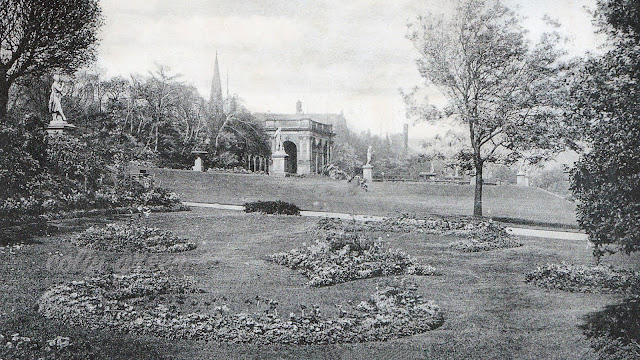Nestled in the heart of Sowerby Bridge, Beech Recreation Ground is a haven for locals and visitors seeking a breath of fresh air and a chance to unwind. Whether you're a nature enthusiast, a sports fanatic, or simply looking for a place to relax with family, this park offers something for everyone.
Green Space for All
Beech Park boasts a sprawling 3.3 acres of green space, perfect for a leisurely stroll, a picnic under the trees, or a game of frisbee with friends. The open fields provide ample room for children to run free and burn off energy, while the peaceful atmosphere is ideal for those seeking a quiet escape from the hustle and bustle of everyday life.
Sports and Activities
Looking for something a little more active? Beech Park caters to the sporty side as well. The park features a designated bike path, ideal for cyclists of all ages. For those who prefer a team sport, there's also space for informal football matches or kicking a ball around with friends.
Exploring the Area
Sowerby Bridge itself is a charming town with a rich history. After enjoying the park, take a stroll along the scenic Rochdale Canal or explore the quaint shops and cafes lining the streets.
Planning Your Visit
Beech Recreation Ground is easily accessible by foot or bike, and there's usually free parking available nearby. The park is open year-round, so you can enjoy its beauty throughout the seasons.
A Community Hub
Beech Park is more than just a green space; it's a vital part of the Sowerby Bridge community. It's a place where people come together to socialise, exercise, and connect with nature. Whether you're a local resident or just passing through, Beech Recreation Ground is a welcoming spot to relax, recharge, and create lasting memories.
A Little Sporting History
On the location of the only (semi) professional sports team to represent the town, the park was established in 1903. In the 1880s, the Sowerby Bridge Rugby Club was established. Many of the bigger local rugby teams moved to the Northern Union after the split in 1895; Sowerby Bridge did the same in time for the 1901–02 Yorkshire Senior Competition season. When the leagues were reorganised at the end of the season, the team chose to remain in the Yorkshire Senior Competition rather than apply for the new 2nd tier, despite winning 7 of the 26 games. Up until July 1903, when the team left the Northern Union and quickly dissolved, they were still in this competition.
The pictures below were taken with a Nikon d3300 camera on the 9th June 2024. Clicking any of the images below should open a link in another window to my Colin Green photography store on Zazzle.
Please take a moment to share this post, follow me on social media, and explore my work on Clickasnap and Photo4Me using the links below. Your support means a lot!
All the images remain the copyright of Colin Green.










































































